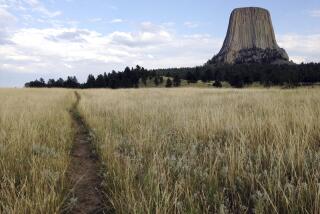Shrew is Small, but Big Trouble
The taming of the shrew is no small matter. It is the world’s smallest mammal but a most ferocious, ill-tempered and bloodthirsty creature.
Its body is only 2 to 4 inches long, tail included, but it will eat animals several times its size.
Or other shrews. Naturalist Clinton Hart Merriam in the 19th Century confined three shrews under a glass tumbler. He reported:
“Almost immediately they commenced fighting, and in a few minutes one was slaughtered and eaten by the other two. Before night, one of these killed and ate its only surviving companion, and its abdomen was much distended.”
Much of the shrew’s ferocity comes from its tremendously high metabolism--1,200 heartbeats a minute when excited.
It must consume at least its own weight in food every day or starve in a matter of hours. That is equivalent to an adult human eating 100 to 200 pounds of food a day.
Insects make up 65% of a shrew’s diet, but it also eats slugs, mice, frogs, snakes, small birds and carrion.
Some shrew species have poisonous saliva to immobilize small prey. A dose of it will give considerable discomfort to larger victims such as dogs or people.
Shrews are almost blind. Like bats and porpoises, shrews navigate by radar.
It is the most abundant mammal in North America, averaging five to 50 on any given acre.
More to Read
Sign up for Essential California
The most important California stories and recommendations in your inbox every morning.
You may occasionally receive promotional content from the Los Angeles Times.










